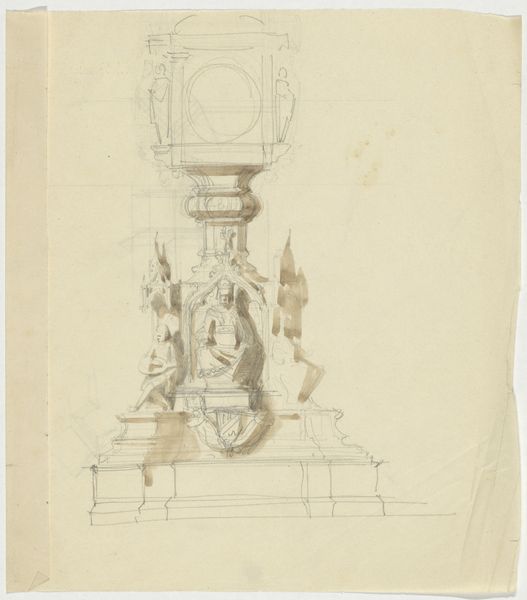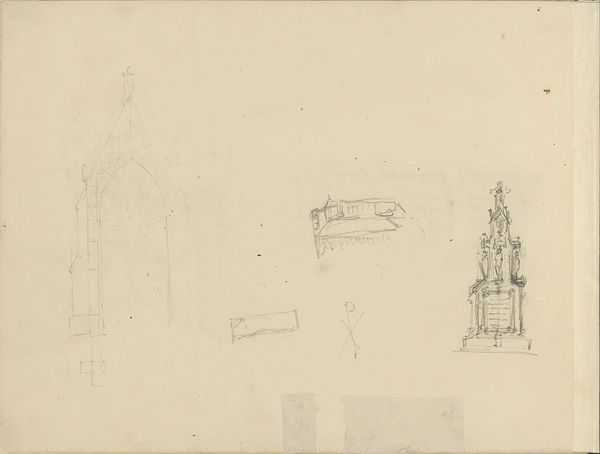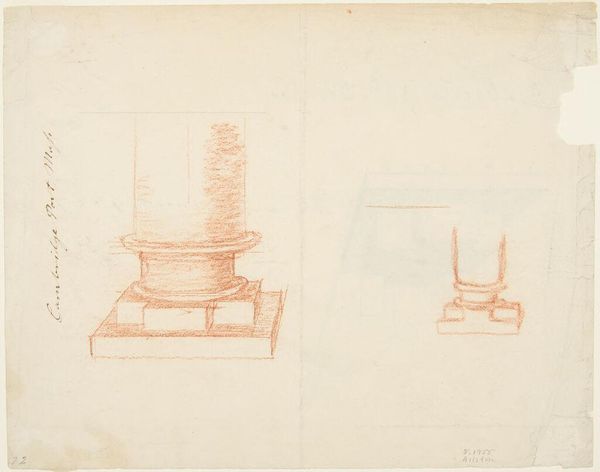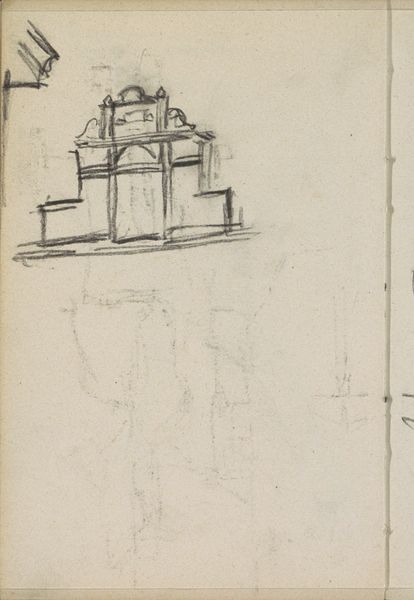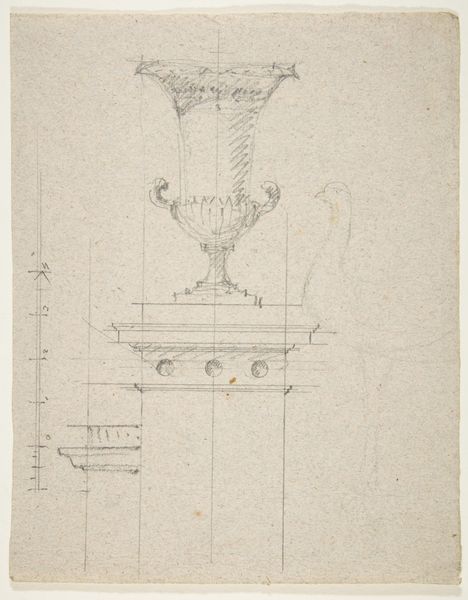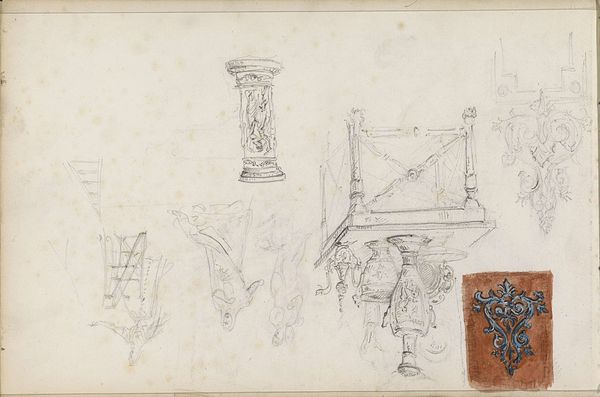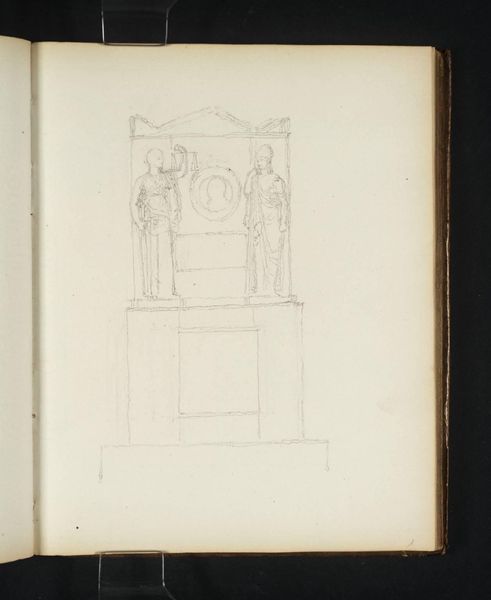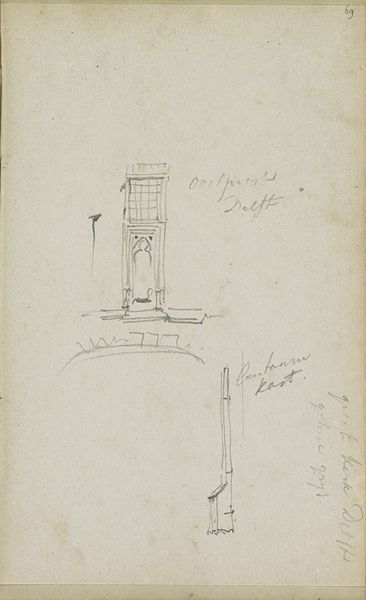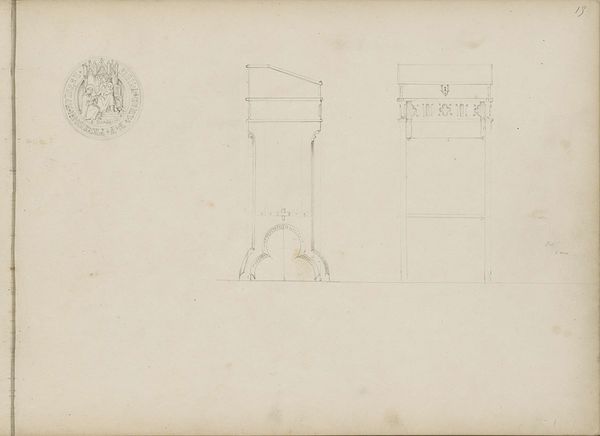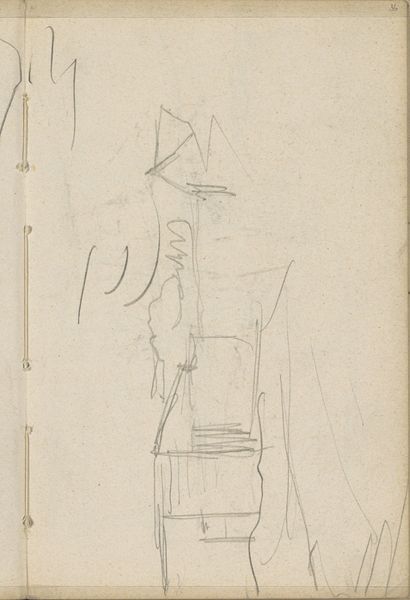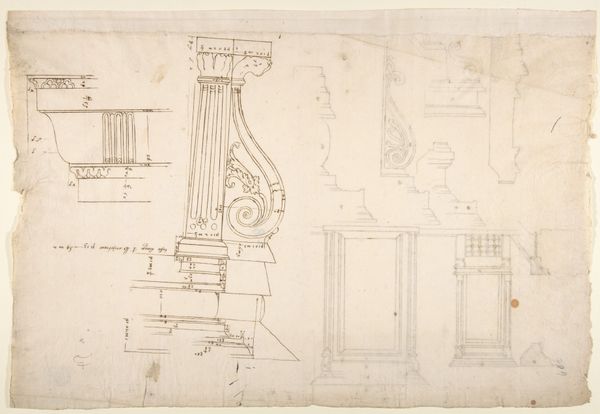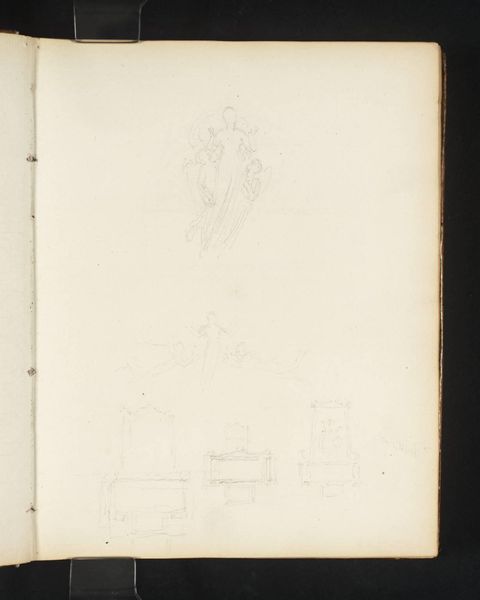
drawing, paper, pencil
#
drawing
#
pencil sketch
#
landscape
#
paper
#
pencil
#
cityscape
#
watercolor
Dimensions: height 280 mm, width 1225 mm
Copyright: Rijks Museum: Open Domain
Editor: This is "Gezichten op Anzio en Nettuno, een fontein en een boot" by Caspar van Wittel, dating roughly from 1674 to 1736. It's a pencil drawing on paper, presenting these delicate cityscape sketches. It seems like a travel diary of sorts. What's your take on this panorama? Curator: This sketchbook sheet provides us with a unique insight into the artistic process of the time. Van Wittel, or Vanvitelli, as he was also known, was instrumental in popularizing the *veduta*, the detailed cityscape view, in the late 17th and early 18th centuries. How do you think these rapid sketches informed his larger, more formal paintings? Editor: I imagine this was a way for him to quickly capture scenes, almost like a photographer today uses a camera. Curator: Precisely. Before photography, these kinds of drawings were crucial for documenting the world. Anzio and Nettuno, near Rome, were significant port cities, points of both military and economic interest. Vanvitelli wasn’t merely capturing beauty; he was documenting politically important sites. Does knowing that change your perspective at all? Editor: Definitely. I see it now less as just picturesque views, and more as historical documents. It makes you think about who these images were for, who commissioned them, and what purpose they served beyond mere aesthetics. Curator: Exactly. And that fountain sketch, notice its detail compared to the looser landscapes. Fountains were civic symbols, actively maintained, often serving a key public role for hygiene and water supply. Its prominence reflects its symbolic and practical significance to those cities. Editor: It’s fascinating to consider how art like this reflects the power structures and daily life of the time. I hadn't really thought of landscape art as having that kind of political or social commentary. Curator: Seeing the familiar through a new lens; that's what art history is all about! Thanks for helping to sharpen that lens, especially as it relates to how our museums and political dynamics impact art perception.
Comments
No comments
Be the first to comment and join the conversation on the ultimate creative platform.
